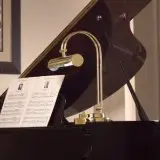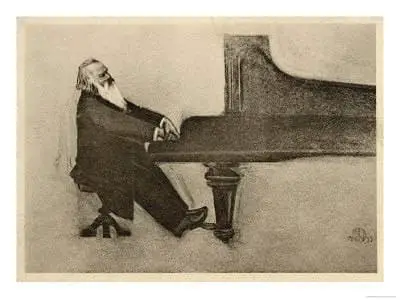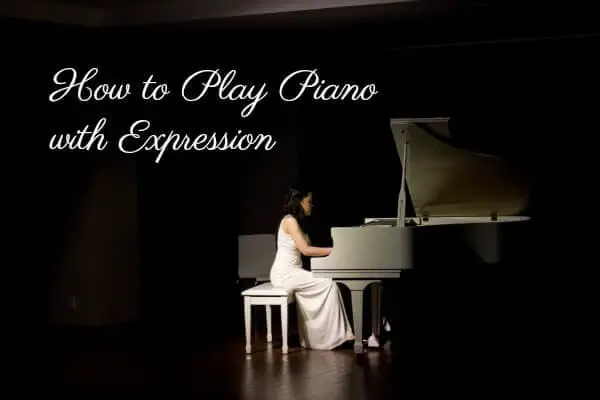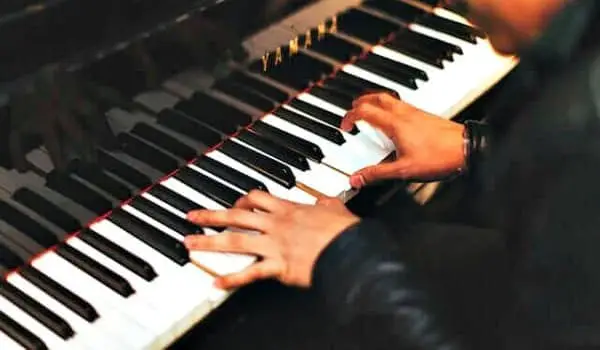- Home
- Piano Technique
- Correct Piano Posture
Correct Piano Posture
This article may contain compensated links. Please read the disclosure for more info.
Sitting with the correct piano posture when playing can mean the difference between painful or effortless playing.
When practicing piano for long hours it is simply necessary to sit properly, or you will not be able to practice very well, or for very long.
Why the Correct Piano Posture is Important
Using a proper sitting and hand posture will even help you play the technically more challenging parts of the repertoire more evenly and maybe even make it easier to play.
For a beginner pianist, it is important to get used to the correct piano posture and hand position from the first lesson.
As you continue to develop your playing skills, you might find that you’d like to change your sitting position slightly.
Everyone will eventually find their own individual preferences, as it should be.
But this will naturally develop after a time of practicing and playing. So when first starting out, make sure you avoid unnecessary strain and all pain by sitting with the correct piano posture.
How to sit with the correct piano posture
 Photo by Krisztian Matyas on Unsplash
Photo by Krisztian Matyas on Unsplash- Adjust the height of the piano bench so that when you place your cupped hands on the keyboard, your arms will form an angle of about 90 degrees with the lower and upper arms. Sitting too low is often compensated by raising the shoulders, and sitting too high will often create a slouching posture. This causes tension, and in the long run - pain. If you can't adjust it- try a tush cush!
- Don't sit too close to the keyboard. Sit at a distance of about 20 - 30 cm from your abdomen to the keyboard. Sitting too close will only make it difficult to see the whole keyboard, and will limit your arm movements.
- Sit on about half the bench, letting the muscles under your thighs be free. This makes pedaling easier.
- Both feet should be on the floor, comfortably apart and close to the piano pedals. Do not tuck your feet under the bench or cross them while playing.
- Generally, you should sit in front of “middle C” in the middle of the piano. But if a music piece uses only the upper or the lower part of the piano (like in a duet), adjust the sitting position to that part of the piano, so that you can comfortably reach all the keys.
- Your upper arms should “fall freely” from your shoulders. Do not push your elbows outward or press them to your sides, but just let them hang freely. Remember to always relax your shoulders.
- Sit “proud”! Take your place at the piano and feel proud of yourself. Pull your shoulders up to your ears, backward, and let down for a quick posture fix.
Here is a video showing how to sit with correct piano posture as you play:
Support the Feet
The upper part of the body should be in a position to move freely, forward and sideways, to help the arms and hands reach all keys on the keyboard.
You should also easily balance how much weight to use or to take away for dynamic control. This is why it is so important to have your feet on the floor to keep balanced.
For children that can not reach down to the floor yet, it is important to have a footstool at a comfortable height. I use simple plastic footstools for the bathroom in my piano studio. They are sturdy and inexpensive.
Using the Pedals
Children should sit on the whole piano bench, as opposed to half the bench for grown-ups, all the way to their knees.
When a child starts to use the pedal, they can “half–sit” on the edge of the piano chair to reach the damper pedal (to the right) for the piece/s that require the pedal.
With the influence and inspiration of methods like for example the Suzuki method, by Shinichi Suzuki, more very young children have become real virtuoso pianists.
Since they also need to use the pedal correctly, a special piano footrest has been developed that has pedals as well. But this is still an exception. Most kids manage well without pedal until they can reach them!
Other Tools to help your posture
Adjustable piano bench
To be able to sit right, you, first of all, need a good piano bench. I prefer to use a padded adjustable piano bench since these are comfortable and easy to change the height on, which is necessary to maintain a correct piano posture when playing.
Piano Lamp

Good lighting is also important for a good piano posture. If the lighting is too dark at the piano, we have a tendency to both squint our eyes and crane our neck, and this is not helping our posture!
Make sure to have good overall lighting, but it's a good idea to invest in a special piano lamp that focuses the light on the sheet music and the keyboard, so you won't have to strain your eyes.
Also remember to adjust any light so that no shadows are cast on the keys.
Try the Alexander Technique for a great posture
Many musicians have discovered the Alexander Technique.
The Alexander Technique is a technique that teaches you correct posture and body awareness as injury prevention and for greater ease in not only performing but for everyday life as well.
See the Alexander Technique in Action here.
Finally, It's All About Comfort!
 Brahms at the Piano
Brahms at the PianoTo check on your own if you keep the correct piano posture while playing, you can video record yourself from the side.
Or, if you have a large floor mirror, you can place it to your right and in the corner of your eye to check if it looks OK when you are playing.
Finally, it's good to remember that sitting with the correct piano posture should feel comfortable, as playing the piano should be!





